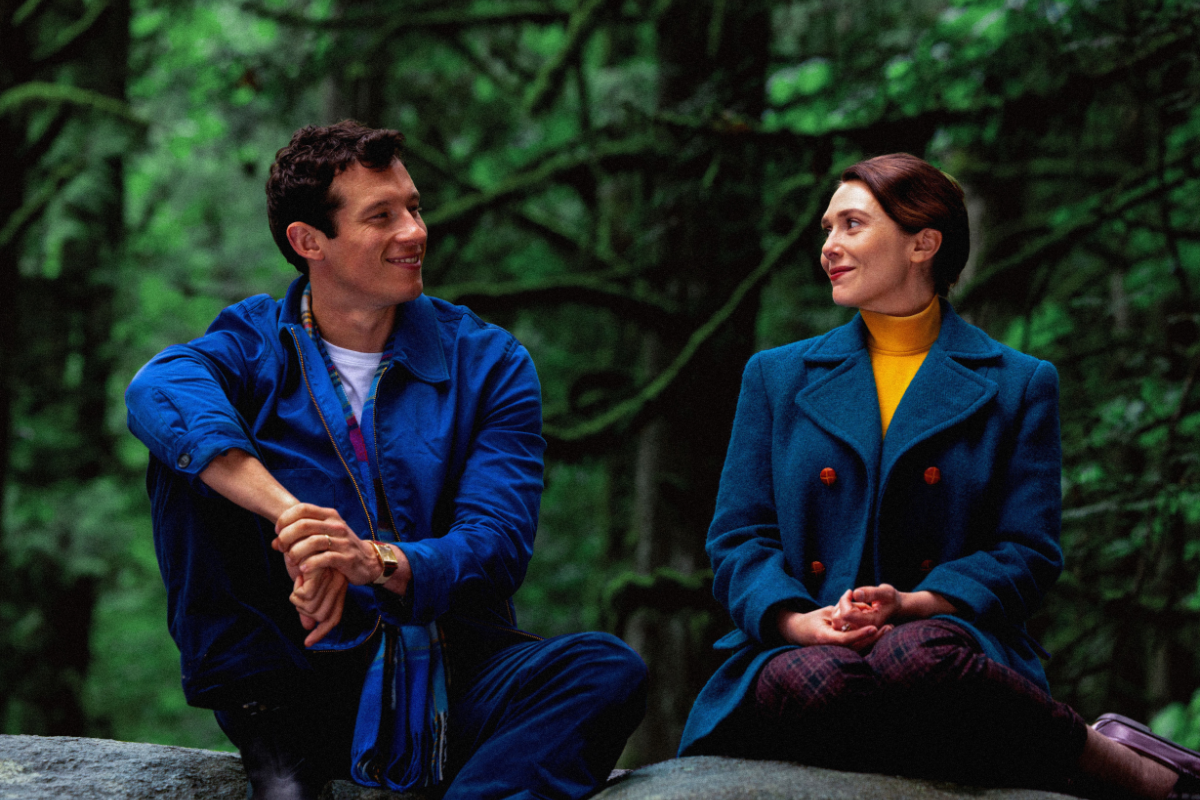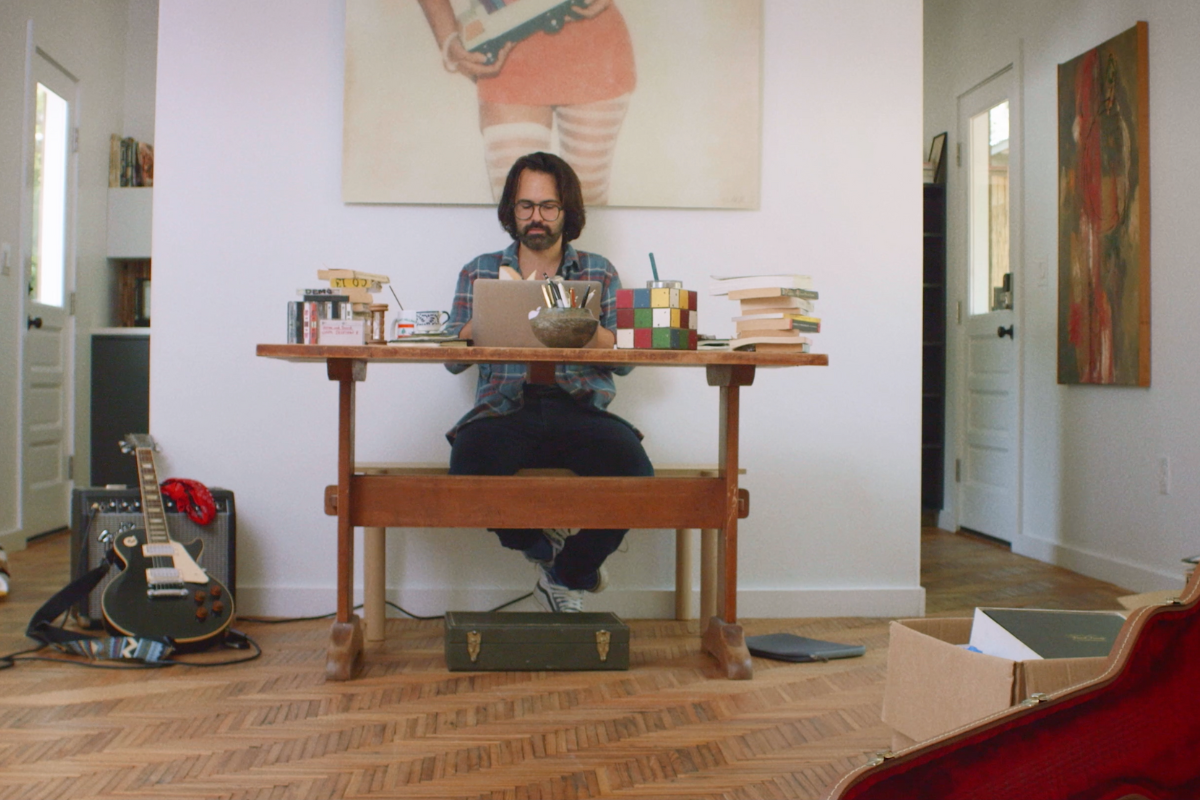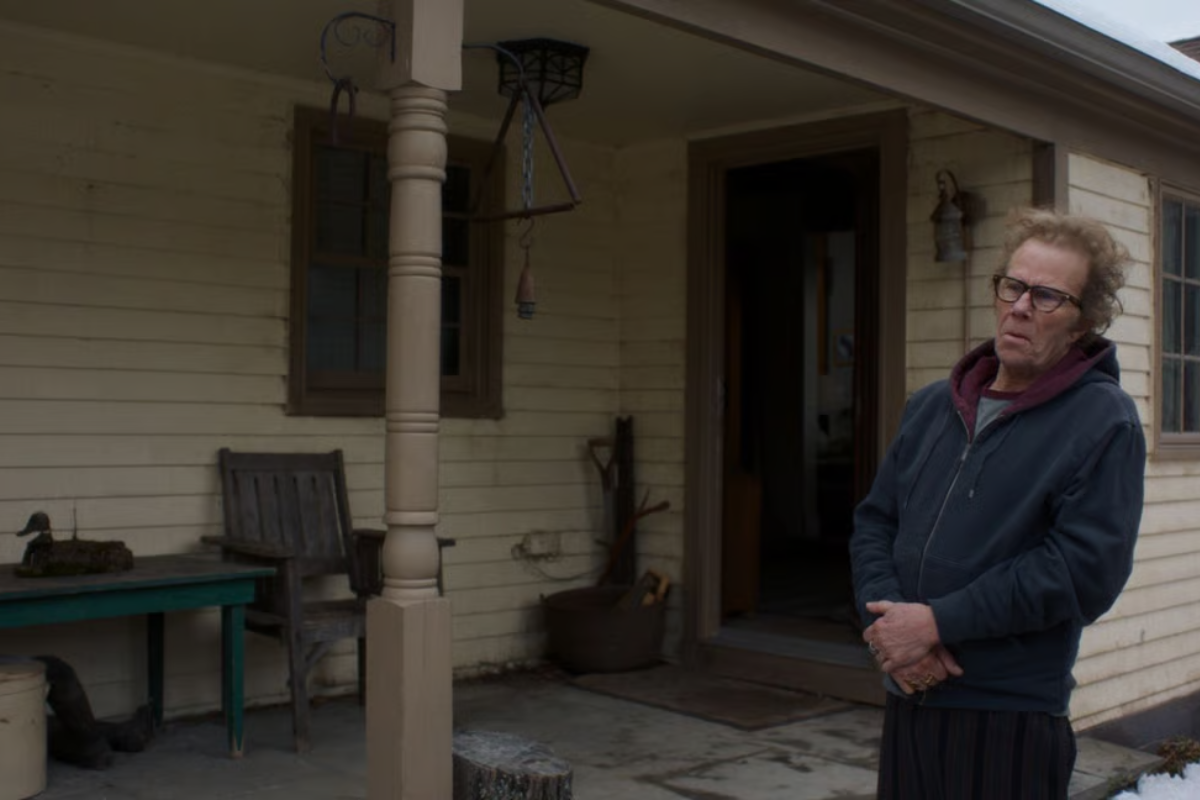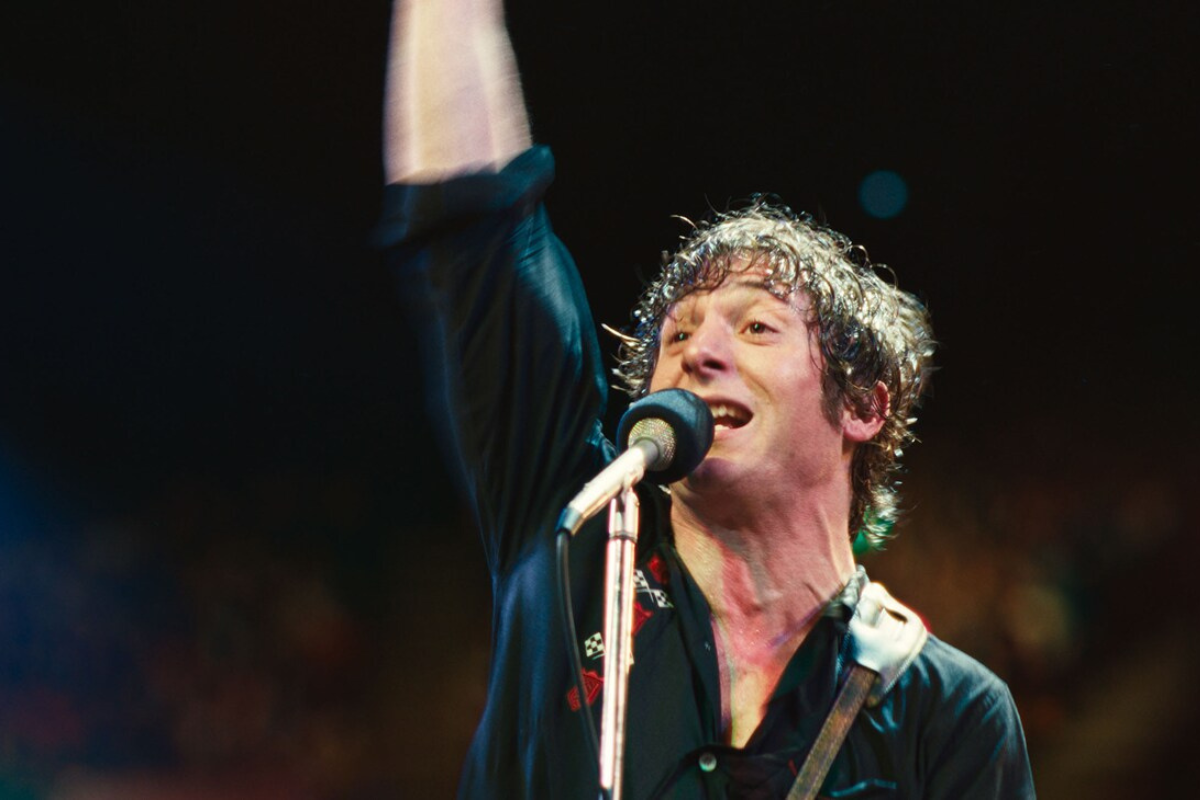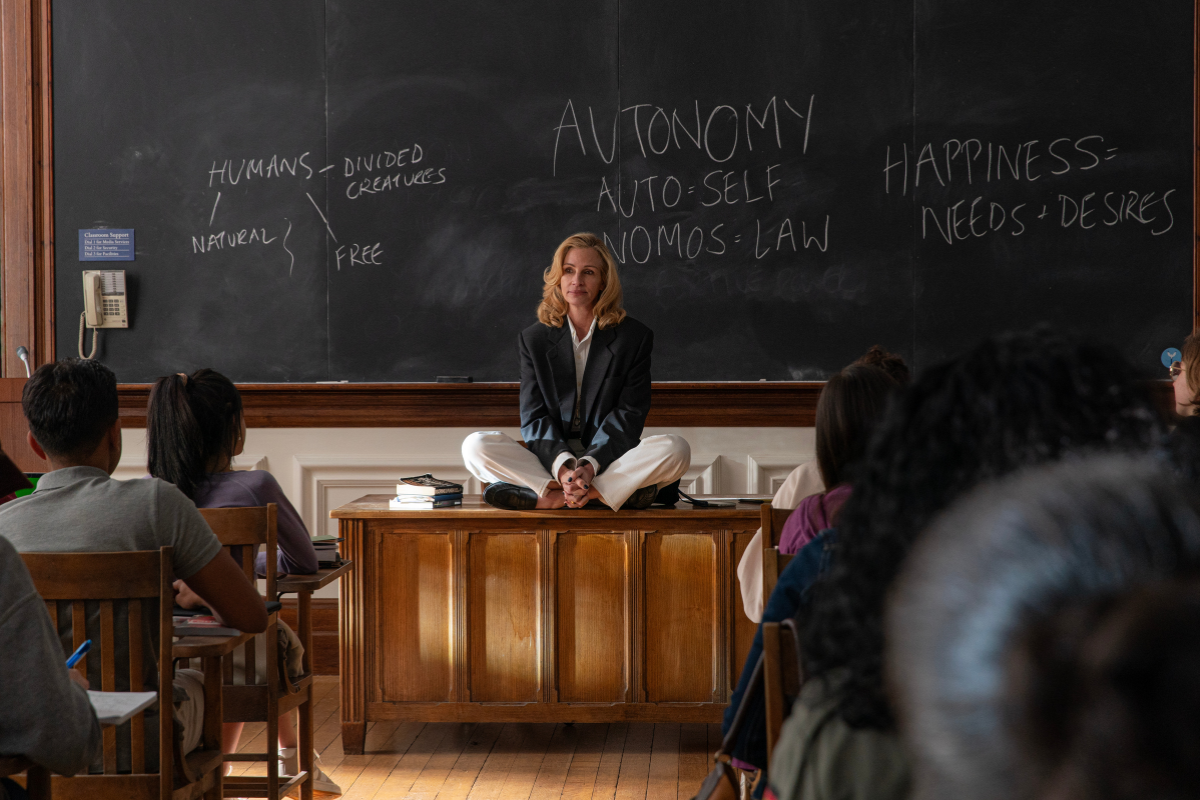INDIE SPOTLIGHT: Interview with ‘Slash/Back’ Writer-Director Nyla Innuksuk and Actors Nalajoss Ellsworth and Tasiana Shirley
Writer-director Nyla Innuksuk, and two of the film’s stars Nalajoss Ellsworth and Tasiana Shirley recently spoke with Script about having important conversations about being Inuk, and how that translates on screen and beyond.
Set in Pangnirtung, Nunavut, a sleepy hamlet nestled in the majestic mountains of Baffin Island in the Arctic Ocean, SLASH/BACK opens as the village wakes up to a typical summer day. No School, no cool boys (well... except one), and 24-hour sunlight. But for Maika and her ragtag friends, the usual summer is suddenly not in the cards when they discover an alien invasion threatening their hometown. These teenagers have been underestimated their whole lives but, using makeshift weapons and their horror movie knowledge, they show the aliens you don't f***with the girls from Pang.
A tight-knit ragtag group of badass Inuit teenage girls - check.
Aliens - check.
Fun and games - check.
Slash/Back delivers on all of those fronts and also goes for the jugular with heart and grit, about the appreciation and respect of being an Inuit. The movie kicks into gear with a thematic statement from Maika's father about great hunters, that they must have knowledge and patience - this is carried throughout this story and character development.
Writer-director Nyla Innuksuk, and two of the film's stars Nalajoss Ellsworth and Tasiana Shirley recently spoke with Script about having important conversations about being Inuk, and how that translates on screen and beyond.
This interview has been edited for content and clarity.
Sadie Dean: Where did the seed for this story come from and what was the writing collaboration like with Ryan Cavan?
Nyla Innuksuk: It was such a crazy process with how this whole thing coming together. Nalajoss and I actually had worked together on the proof of concept even before we got any other producers on board or before Ryan came on. And Nalajoss was actually playing the young sister, but she ended up growing out of that role by the time it came to making the movie. I'm so glad that we were able to make it work, even though she was a few years younger than the rest of the girls, she was able to hold her own with that cast.
It really started out as this idea of teenage girls fighting aliens in this remote Arctic community. I grew up loving action adventure, kid’s movies, and horror specifically was a big love for me when I was the age of the actors in the movie. When it came to developing the feature, I knew I wanted to someone that really understood structure and how to write genre and feature scripts. I actually went through the process of meeting with a few different people and trying to write with a few different people. Ryan and I, for some reason, and we still don't know why it worked [laughs] and we really liked working together. We've since written another script and have a bunch of ideas for the next ones. We really enjoy that process.
When we were initially writing the script, we were up in Iqaluit, which is where a lot of our cast was from – Iqualuit is the capital of Nunavut, still a small city very small, I think it's about 7,000 to 8,000 people. We would get together in the morning, spend the mornings writing and then we'd meet up with some of the teenagers and go out for boat rides and watch movies together and hang out and hear about all the boy drama they had, which was a lot. [laughs] And then we would get together and have these little therapy sessions at night talking about processing all of these things. And then we’d start over the next day and do it again, more writing, more hanging out and more therapy sessions.
We wanted to make a fun movie about girls fighting aliens. And I knew that being indigenous and with an indigenous cast, if we had a movie that was about this indigenous community facing an invading threat, that this colonization narrative would be layered on top of it already. I felt to kind of nod to that would actually feel heavy-handed, so we just kind of avoided that, but we also wanted it to have heart and emotional weight of some sort. And certainly, talking and the inspiration for that really did come from the teenagers and the dynamics of the teenagers. But then also my experiences as an Inuk teenager processing how that worked, how that fit in with my identity, and what shame I had carried, and how do I process that? And I could see in the language of some of the cast members that they carried some shame as well. And so, we'd have conversations about it, what does it mean when we say, ‘Oh, that's so Inuk?’ And we mean it in a negative way. And how do we shift that to being we're using prideful language when we're talking about where we come from. But those conversations on its own, are really, really challenging, and not every actor or young person would be up for it. It was really a testament to these young people that they were able to kind of do the work and also the emotional work that comes along with it. And then that continues, as they promote the movie and talk about it and represent their communities, and we're sharing it with international audiences. It's been really wonderful to see our actors represent the movie in that way.
Sadie: For you Nalajoss and Tasiana, now knowing how much deep character work you did with Nyla but also representing your communities, your heritage in a film like this, I’m curious what was maybe challenging or most exciting for you in playing these roles?
Nalajoss Ellsworth: I'd say the most exciting thing was just getting to be on a movie. It's such a weird thing to say, like, ‘Oh, I'm a movie.’ That's absolutely crazy. And to have it in my community, it’s just astonishing.
Tasiana Shirley: We all lived in Iqualuit, and the shooting was in Pang, so I think one of the most difficult things for me was just being away from my family for that long. The span of filming was about two months, and our families weren't with us the entire time. I think the most exciting part was the learning experiences on set, like, the boat scene, we actually had Jackie who played my dad in the movie, teach me how to drive a boat in Pang and it was just so awesome to be able to learn these things and keep them with me after filming.
Sadie: That’s really exciting to bring a film production close to home. Was the alien story based on any Inuit folklore?
Nyla: Yeah, they kind of came up because they're told as children's stories but also told as real stories that exist and there's elders that will tell you about their experiences of coming across a Qallupilluit or something. It's kind of neat to be in this really magical place and then also this layer of magic that exists on top of it. So yeah, definitely drawing from the inspiration of these scary children's stories was really fun, because these are things that we all grew up with, and are very familiar with.
Sadie: Were there any challenges along the way in terms of representing your community or maybe just thematically that may have not been as digestible for a younger audience?
Nyla: Yeah, there were some scenes that we ended up taking out that were a little bit heavier for kids, movie tone-wise. I felt like it wasn't necessarily out of context for the way these kids necessarily would talk, but it was definitely, with Nalajoss being a little bit younger than the rest of the cast, she was 11 when we filmed and there's some heavy stuff in there. Even with Tasiana, who really is so sweet and her character is a bit prickly [laughs] it's really funny, because when we meet with people, they will look at Tasiana and they'll be like, ‘Oh, she's nothing like her character.’ And I'm like, ‘Yes, of course, she's acting.’ [laughs] But there were definitely things that we drew on directly from our own inspiration or things that would come up within our lives that were prickly, so we would talk about it.
We also talked a lot about our indigeneity and how that fits into how we see ourselves and how we fit into the world. And those conversations are really difficult. So, understanding that we're going to be making this movie, which is a hard job for young people, for any actor, but then on top of that, we're also going to be having these really hard emotional conversations about shame and our indigeneity and what that means and so recognizing that was going to be challenging emotional work. Part of that was a consideration also in the casting, who's able to manage that? And then, how do we make sure that we're supporting each other in this process?
There's shame that existed in the language that these teenagers have used, I say, “did” because I think that they don't really use that language anymore. We did have conversations about we when we say, ‘Oh, that that's so Inuk,’ what are we saying about it Inukness? How do we feel about it? And is that really how we feel? Because for us, it's really important to be proud of where we come from and who we are and our indigeneity. And so, our language should reflect that. We definitely had those conversations throughout and about why some of these characters might have a bit more of a chip on their shoulder.
Sadie: Really important conversations to be having. What do you hope audiences take away from watching this film?
Tasiana: I really hope that the audience will get a sense of what it's like to live in the Arctic and the lifestyle that we live as Inuit in Nunavut.
Nalajoss: I think the same thing. I think that people from down South really don’t know how we live life, people have asked if I lived in an igloo before.
Nyla: Yeah, I've gotten some comments about the girls being so modern. And I think that's been interesting that maybe people haven't really seen indigenous teenagers in a modern context.
SLASH/BACK will be in Theaters and on VOD and Digital on October 21, 2022.
Sadie Dean is the Editor of Script Magazine and writes the screenwriting column, Take Two, for Writer’s Digest print magazine. She is also the co-host of the Reckless Creatives podcast. Sadie is a writer and filmmaker based in Los Angeles, and received her Master of Fine Arts in Screenwriting from The American Film Institute. She has been serving the screenwriting community for nearly a decade by providing resources, contests, consulting, events, and education for writers across the globe. Sadie is an accomplished writer herself, in which she has been optioned, written on spec, and has had her work produced. Additionally, she was a 2nd rounder in the Sundance Screenwriting Lab and has been nominated for The Humanitas Prize for a TV spec with her writing partner. Sadie has also served as a Script Supervisor on projects for WB, TBS and AwesomenessTV, as well as many independent productions. She has also produced music videos, short films and a feature documentary. Sadie is also a proud member of Women in Film.
Follow Sadie and her musings on Twitter @SadieKDean


